Everything You Need to Know About Batik Fabric

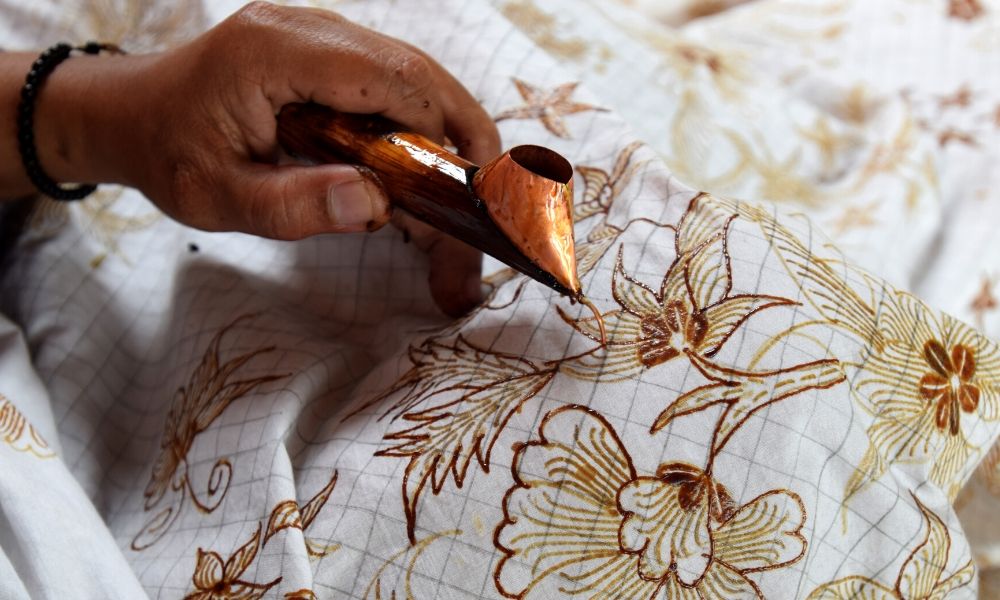
There are so many different kinds of fabric in this world. There are our favorite light and airy textures so we can handle the heat of summer. Then there are the heavy fabrics that keep us nice, warm, and cozy during winter chills. With so many fabrics, how are we expected to know which is best for our next project? Whether it’s for a quilt or a new skirt, the fabric choices we make completely affect our end-result.
That said, crafting has as much to do with learning as it does with creativity. If we’re not staying up to date on current trends, histories of color, the importance of different stitches, and all other crafting innovations, then we run the risk of not reaching our full potential. This is why we’re going to delve into some educational pieces that help broaden your fabric, color, and crafting horizons. To begin, we’ll start with the beautiful batik fabrics we discussed in our previous blog. BeEverything You Need to Know About Batik Fabriclow you’ll find everything you need to know about batik fabric. From a brief discussion about its origins to some important tips for using it the right way—you don’t want to miss this guide!
A Quick History
Before we delve into the intricacies of this fabric, let’s first discuss its history! According to the Batik Guild, “evidence of early examples of batik have been found in the Far East, Middle East, Central Asia, and India from over 2000 years ago.” This goes to show the power of a long-lasting fabric. From those initial areas, the craft of batik spread throughout those areas, reaching its greatest influence in Indonesia.
From there, the Dutch brought Indonesian craftsmen to teach the fabric creation to Dutch workers. After that, batik took off—Germans developed mass production in the early 1900s and the fabric has been popular ever since.
Where are Batik Fabrics Made?
From the brief history above, you can get a quick glimpse at where batik fabric is made. In the past, the majority of batik production occurred in Middle Eastern areas, but as its popularity grew, as did its production. Currently, a major part of production is still based in Indonesia’s Java island. Why? Because large scale production of batik fabric requires quite a bit of supplies. On the Java island, these materials are quite readily available, as the island had a rich supply of beeswax and the plants used to extract different dyes, and of course, cotton.
With such availability of materials, it’s no wonder that Java island is the big base point of batik production. That said, there are plenty of other areas around the world that create these beautiful fabrics, but Java Island is the place with a variety of patterns, talent, and manufacturing.
How are Batik Fabrics Made
You might wonder how exactly Java island is producing these pieces. At first glance, it seems almost too simple, since the process only consists of two to three steps. To begin, parts of the fabric are covered in a coat of wax (this is where the beeswax comes into play). The parts covered depend on the design intended, which plays a big role in how varied batik fabrics are. Once covered, the fabric is dyed, leading the areas covered with wax to retain their original color.
When the wax is removed after the dye dries, you’re left with a beautiful contrasting pattern. The actual simplicity of the process is what makes batik fabrics so distinctly unique. Batik fabric production doesn’t necessarily require skills, and some of the best patterns on batik fabric are often created by chance. The beauty of batik fabric is imminent and something that’s hard to beat with other types of fabrics.
What Kind of Fabrics Are Used
When batik fabric is crafted on Java island, it’s typically made of 100% cotton, but this isn’t always the case. While cotton is typically the easiest fabric for making batik, it’s not the only fabric manufacturers use. For example, 100% rayon is another common fabric used in batik production. It’s another simple material to use that still yields fantastic results.
In fact, there are a lot of fabrics and materials that can be used to make batik. However, the best results come from those that are either 100% natural or ones that primarily include natural fabrics. However, one big exception is that silk can’t be used to make batik fabric. Due to silk’s wicking properties, it doesn’t allow for proper wax protection from the dyes.
Important Tips for Successful Use
There you have it—a look at everything you need to know about batik fabric. We’ve also provided a few important tips for success if you decide that this is the new material you want to work with for your projects. Check it out to ensure your project’s success!
Pre-wash
One of the most important tips we can give you has to do with pre-washing your batik fabrics. Many types of fabric can only be hand-washed. They will probably bleed if washed after the fact, and you don’t want to mess up the project in the end. Not to mention, you’ll have a better idea of what you’re working with if you wash the fabric before and not after. This goes for any fabric, really!
Air-Dry
Don’t machine dry your batik fabric—in all honesty, it’s not a good idea to machine dry any fabric, as doing so might affect the materials’ texture and stretch, so it’s always a safer bet to air-dry. When it comes to batik fabric, you’re going to want to let it air-dry in a place where it’s subject to direct sunlight. Most importantly, avoid twisting the fabric to get rid of excess water, as this can affect those intricate designs.
Pressing Tips
We mentioned this in our blog about quilting with batiks, but this is important for any sort of use. Batiks have a tighter weave than a lot of other fabrics, which makes them harder to press and more prone to wrinkles. You don’t want wrinkly anything, and since you shouldn’t put the fabric in the dryer either, you have to know how to press it correctly. For batik fabrics, use a fair amount of steam to press out the wrinkles.
Sharper Needles
Our last tip has to deal with any sewing projects. We mentioned how batiks have a tighter weave. This can make them hard to press, but also hard to stick a duller needle through. For these projects, make sure you use a sharper and finer needle.
Hopefully, this guide to batik fabrics gave you a solid overview of the beauty, elegance, and history of this timeless fabric. For all of your fabric, batik fabric, and crafting needs, turn to Lindley General Store. We offer knitting, embroidery, and fabric sales online in Canada. Start shopping now and see what you can create!
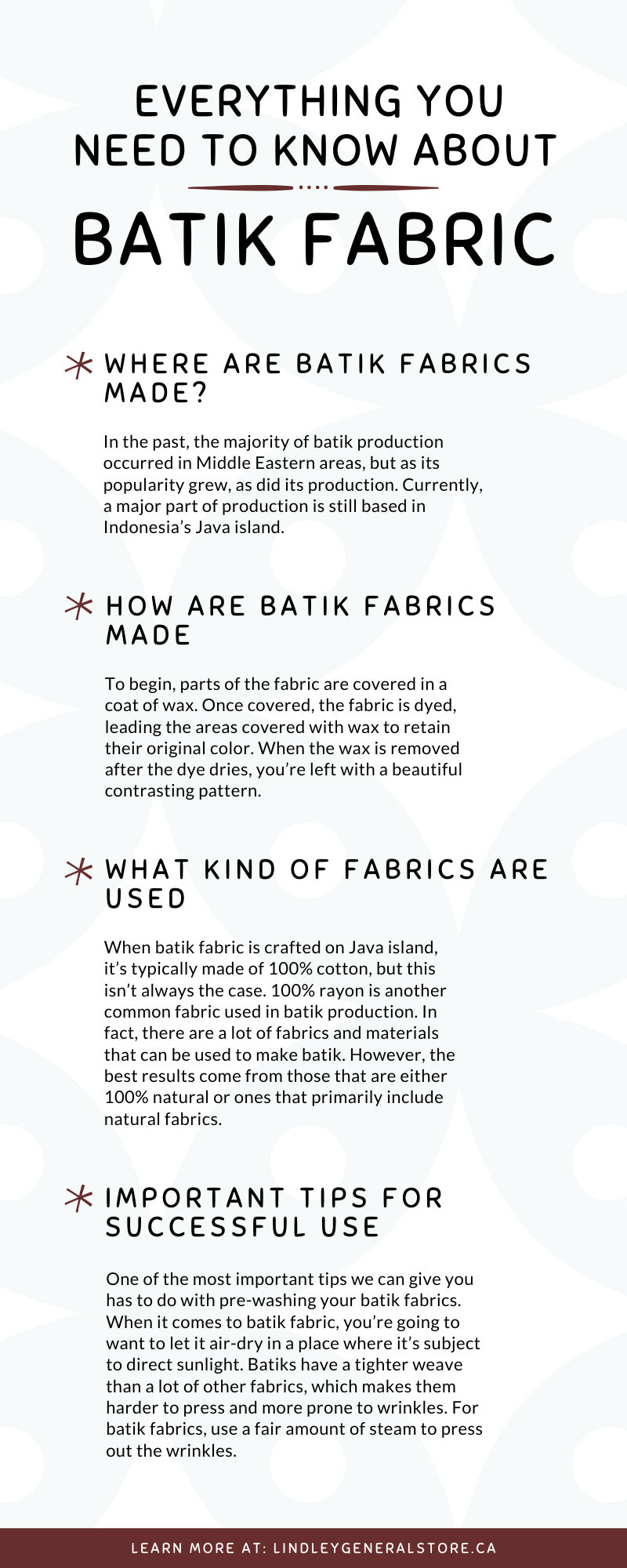

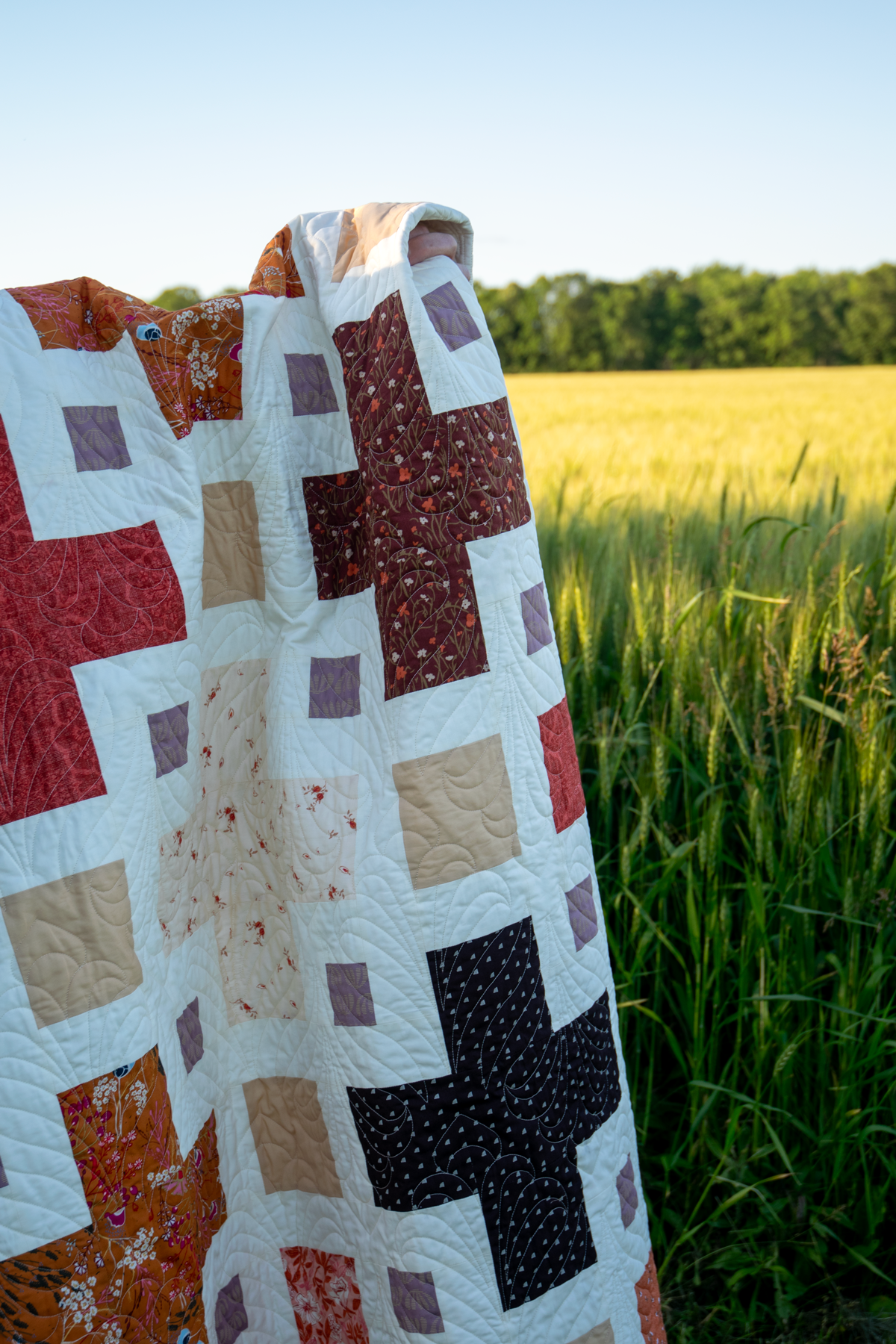

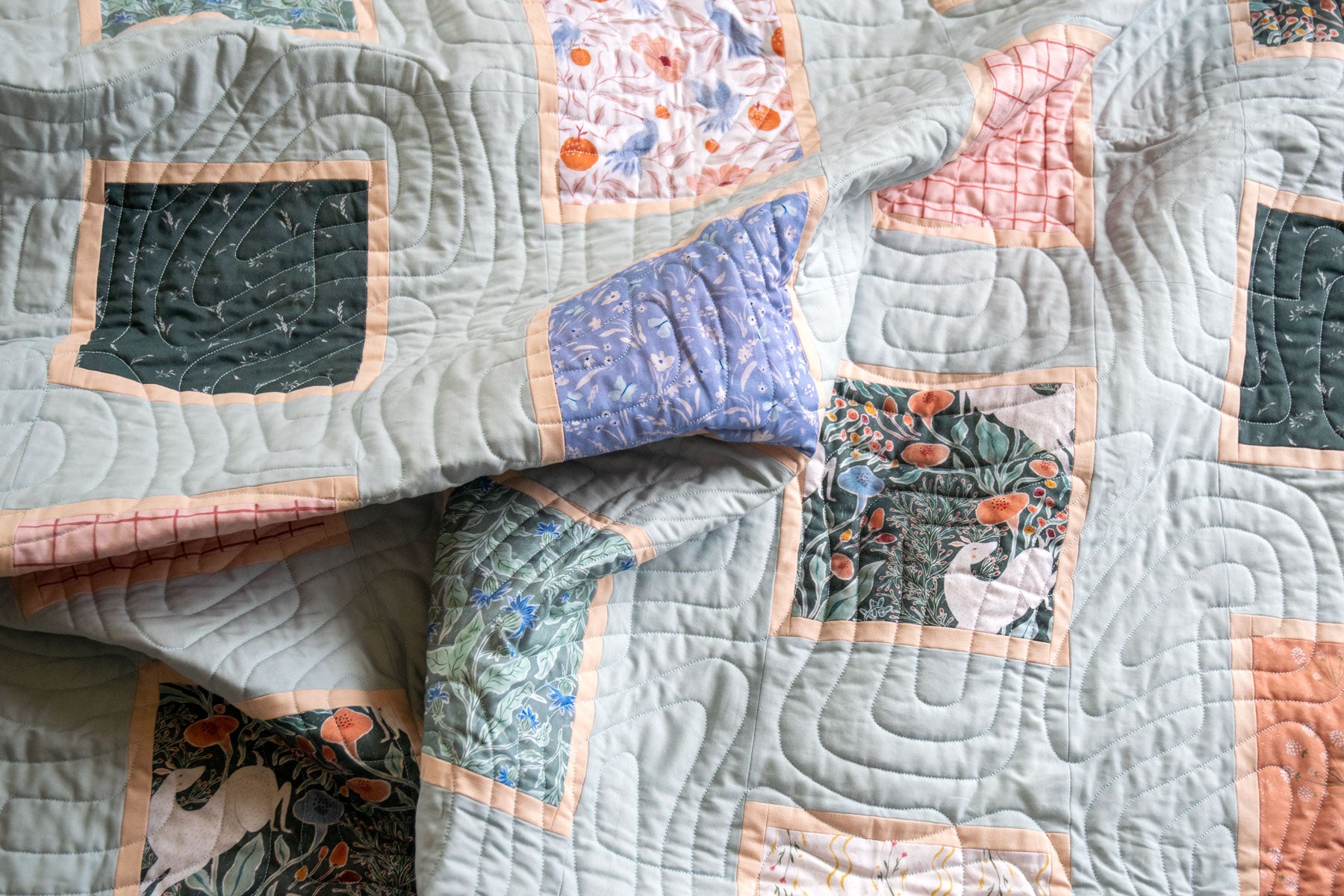
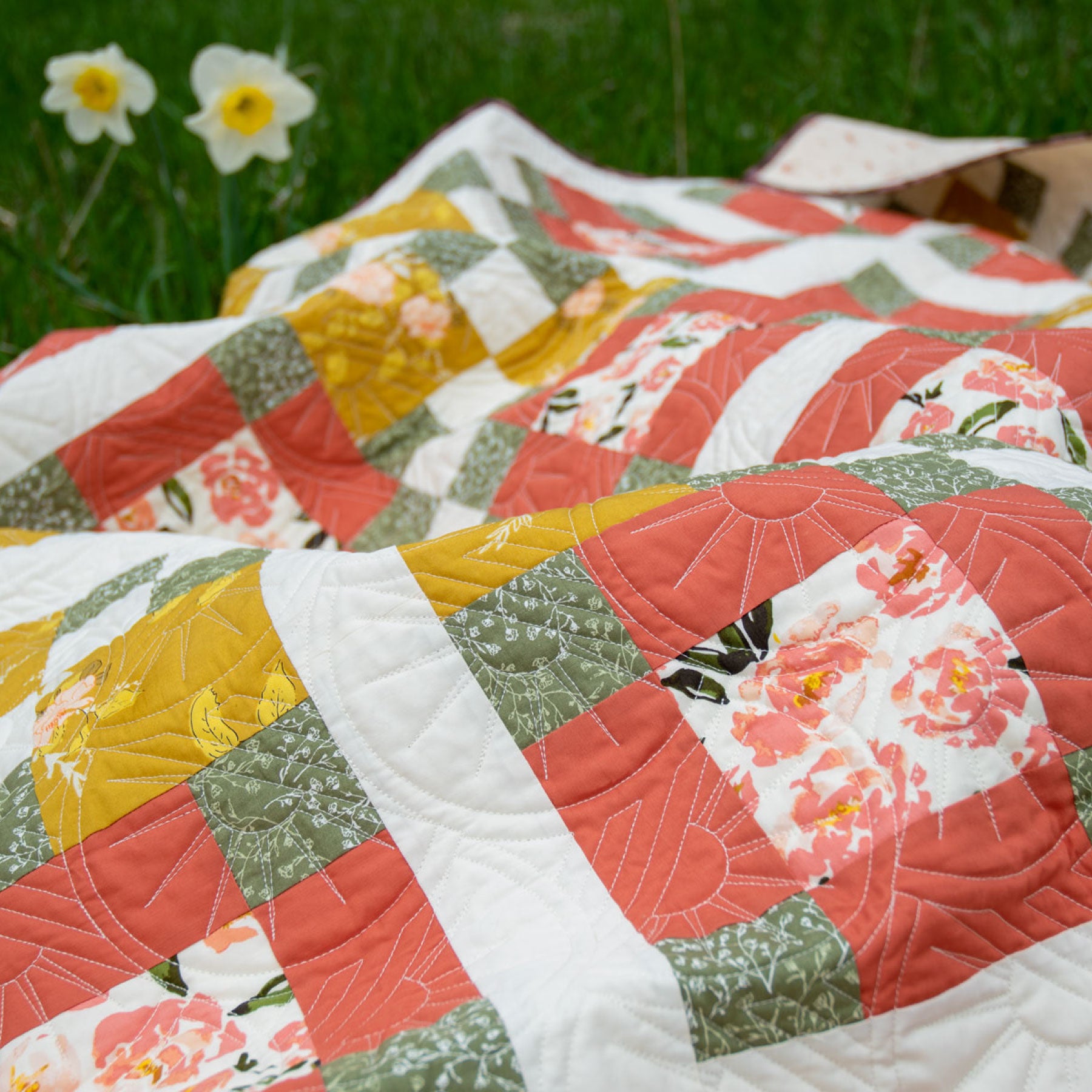
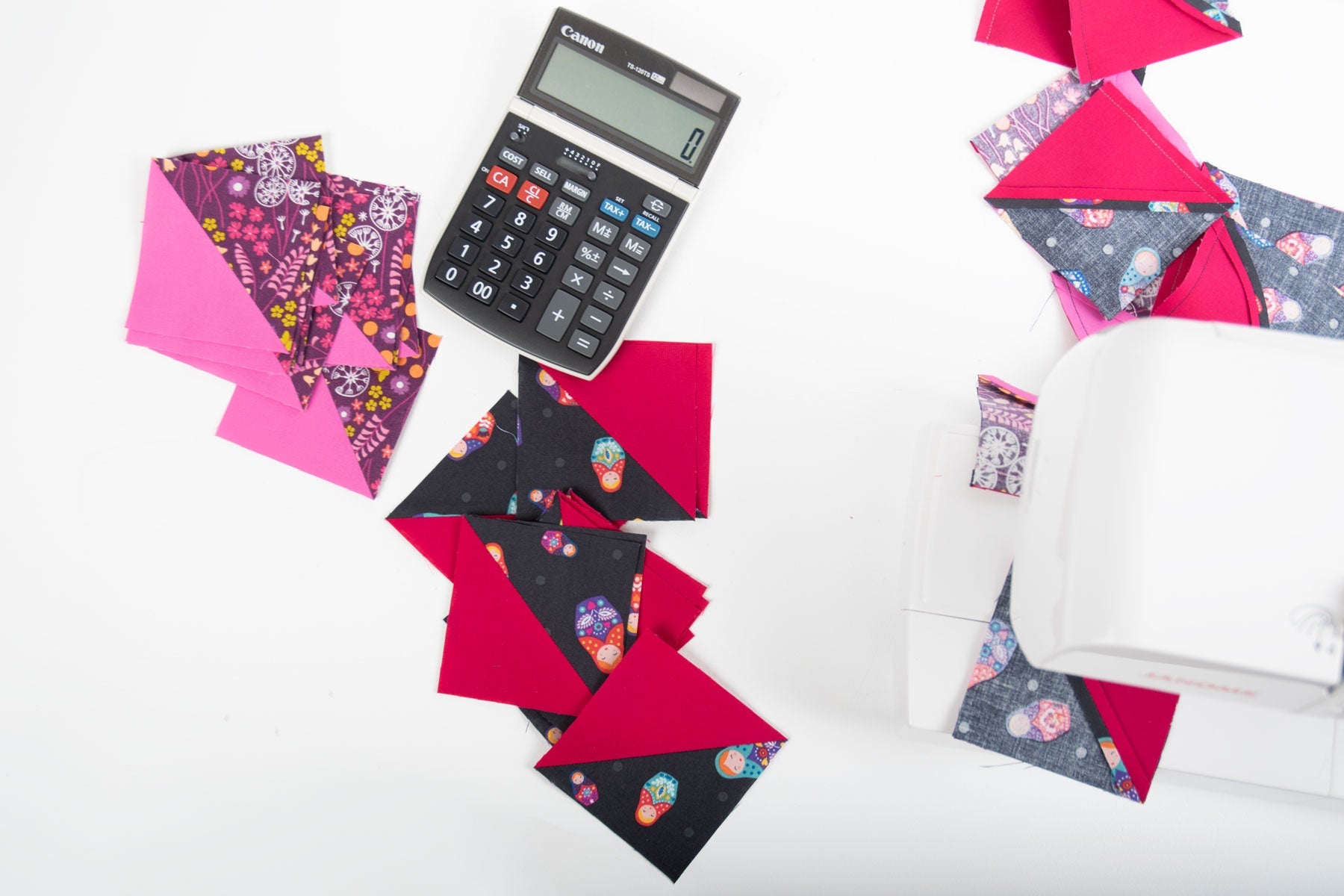
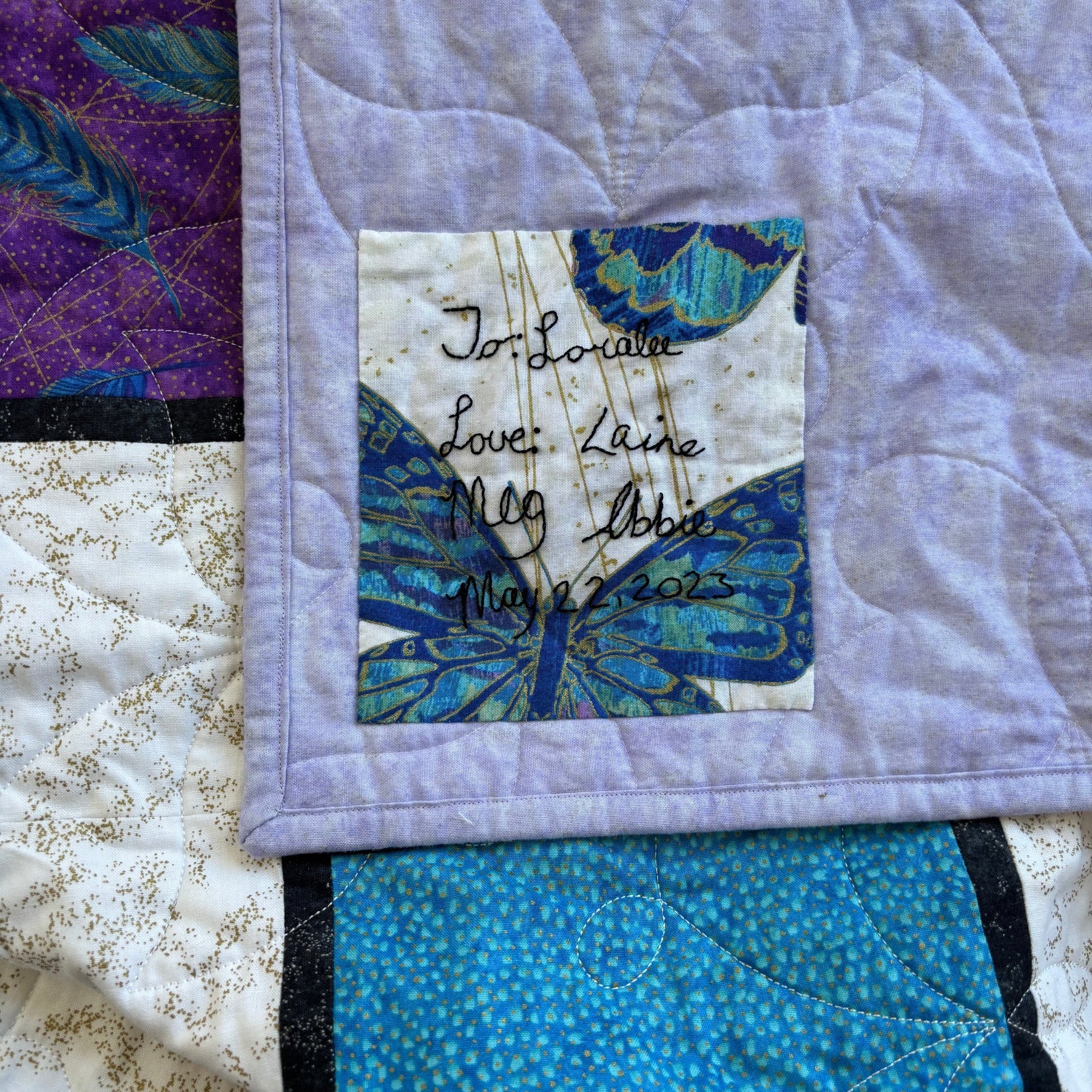
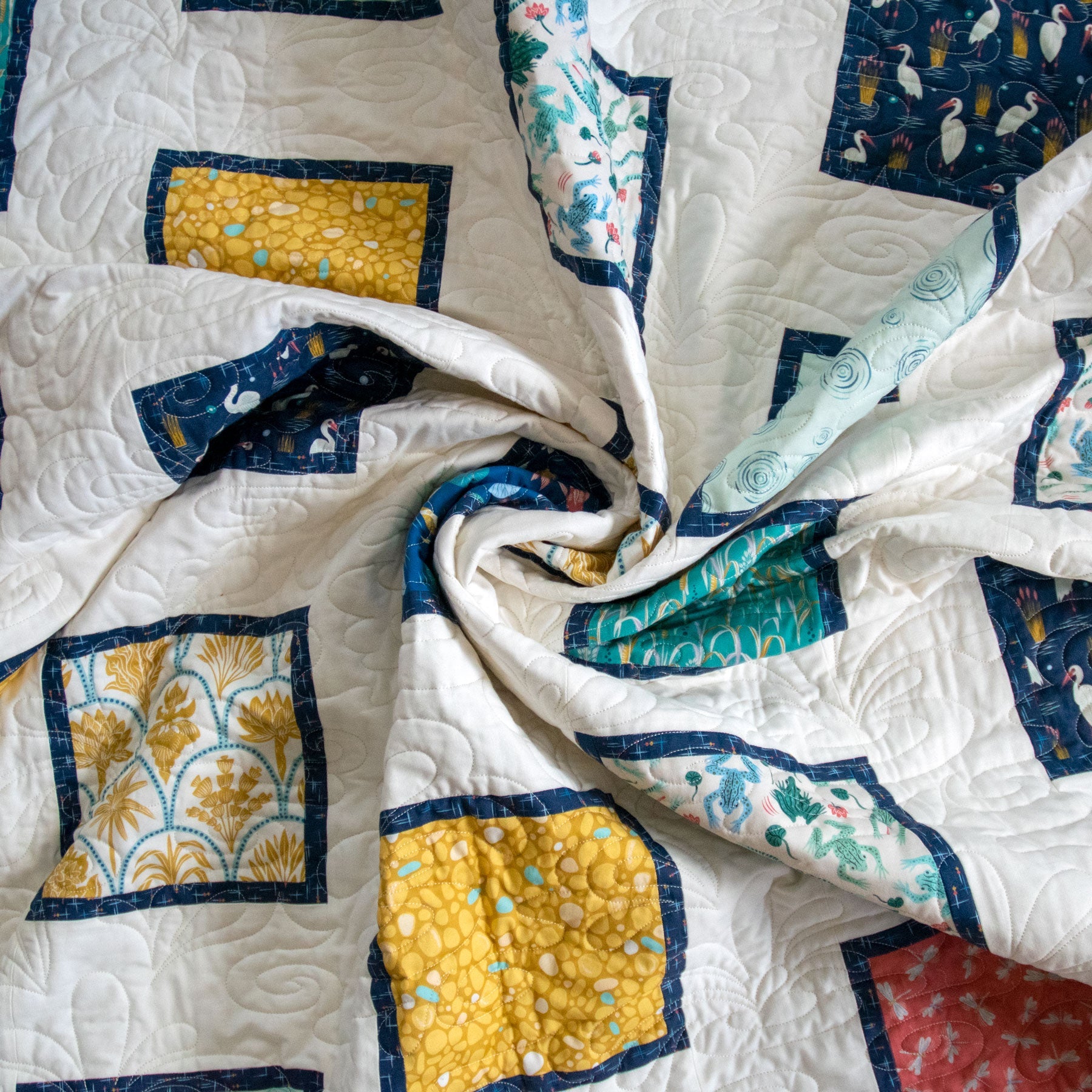

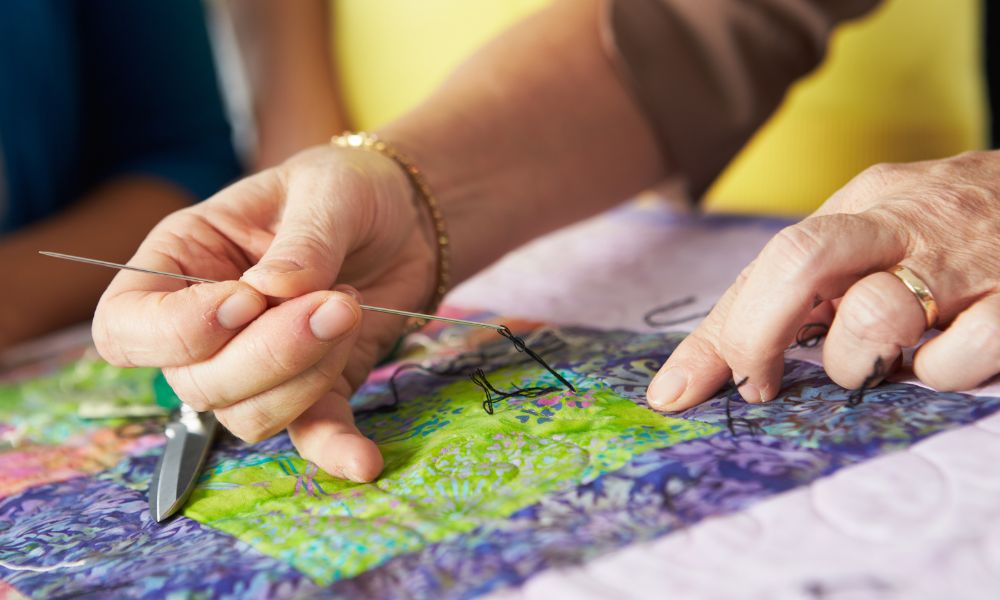
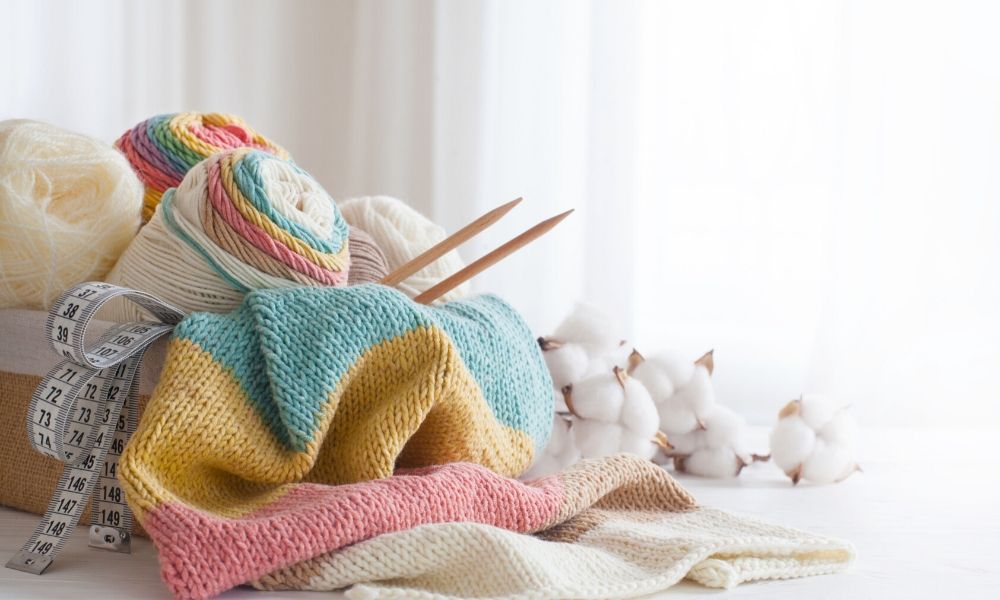
Comments